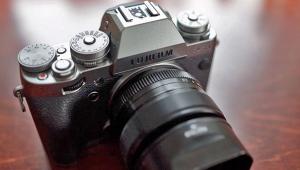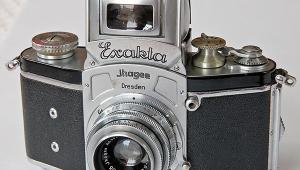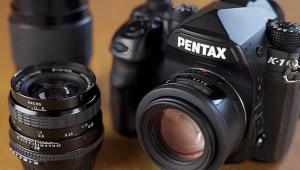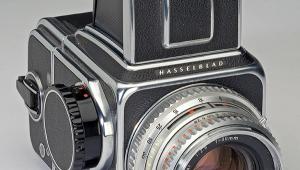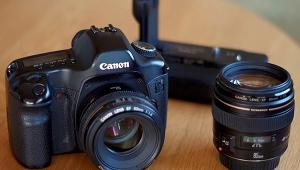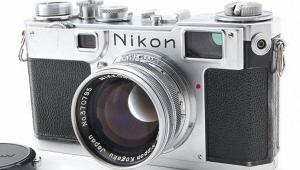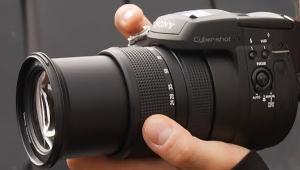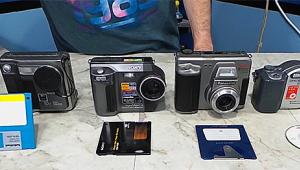Kilfitts Pan Tele Kilar
Is It The Acme Of German Engineering
Mechanical precision has an almost sensual pleasure of its own. Think of the buttery wind-on of a 1950s Leica M3, or the way that the lens panel of an Alpa 12 glides into place, then fits solid as a rock. Recently, I came across one of the finest pieces of mechanical precision that I have ever encountered: one that would, I fear, be quite impossibly expensive to emulate today. It is the 300mm f/4 Pan-Tele-Kilar from Kilfitt of Munich, introduced in the late 1950s and probably continued in production for a decade or more; it is the acme of German fine engineering. |
|||
Two-Touch Focusing |
|||
Medium Format Charmer |



